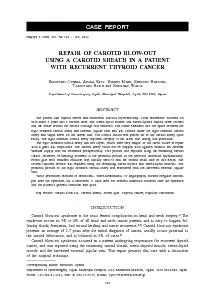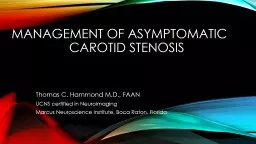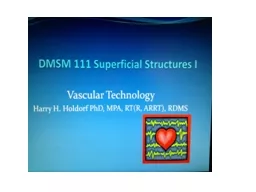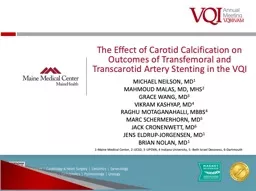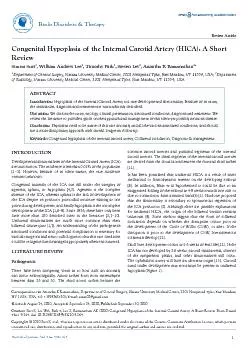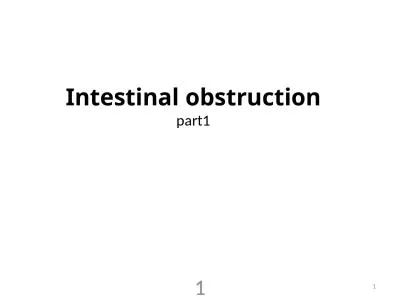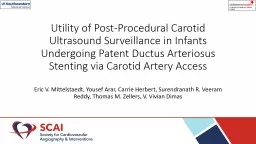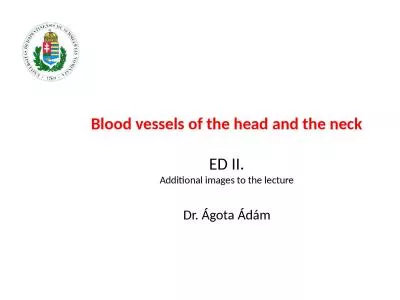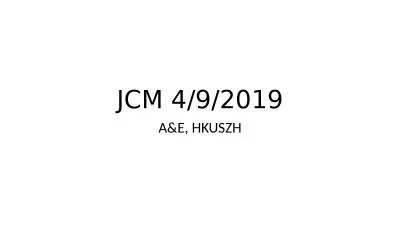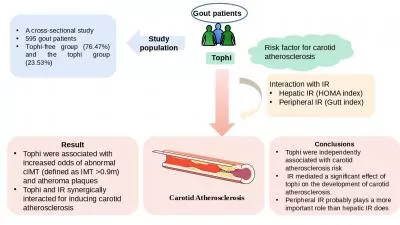PDF-Hirofumi Oyama et al.the common carotid artery, obstruction could be a
Author : test | Published Date : 2016-02-24
REPAIR OF CAROTID BLOWOUT strictly controlled after the operation and no antiplatelet drugs were administeredThreedimensional CT angiography showed irregular stenosis
Presentation Embed Code
Download Presentation
Download Presentation The PPT/PDF document "Hirofumi Oyama et al.the common carotid ..." is the property of its rightful owner. Permission is granted to download and print the materials on this website for personal, non-commercial use only, and to display it on your personal computer provided you do not modify the materials and that you retain all copyright notices contained in the materials. By downloading content from our website, you accept the terms of this agreement.
Hirofumi Oyama et al.the common carotid artery, obstruction could be a: Transcript
Download Rules Of Document
"Hirofumi Oyama et al.the common carotid artery, obstruction could be a"The content belongs to its owner. You may download and print it for personal use, without modification, and keep all copyright notices. By downloading, you agree to these terms.
Related Documents

